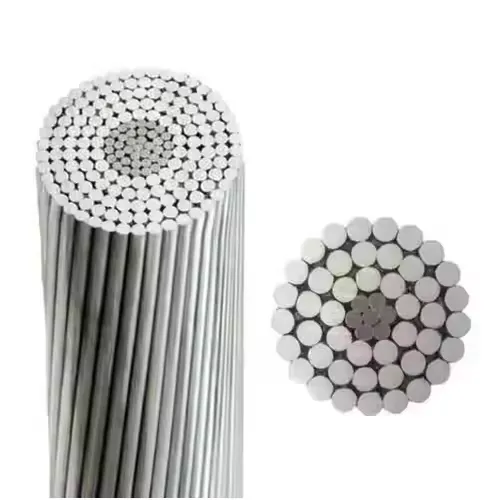Time: 2025-04-25 15:03:22 Source: Henan Province Jianyun Cable Co., Ltd.

The manufacturing process begins with the selection of high-purity copper or aluminum. These metals are chosen for their excellent electrical conductivity and mechanical properties. The raw materials are typically in the form of large rods or billets.
The selected metal rods are drawn through a series of progressively smaller dies to reduce their diameter to the desired size. This cold working process increases the length of the wire while decreasing its cross-sectional area, enhancing its tensile strength.
After drawing, the wires are annealed to relieve internal stresses and restore ductility. This heat treatment involves heating the wires to a specific temperature and then cooling them at a controlled rate, improving flexibility and conductivity.
For applications requiring flexibility, multiple wires are twisted together in a process called stranding. This can involve various configurations, such as concentric or bunch stranding, depending on the intended use of the conductor.
The stranded conductors are cleaned to remove any residual lubricants or oxides. Surface treatments may also be applied to enhance properties like corrosion resistance or to prepare the surface for further processing.
Rigorous testing ensures that the conductors meet specified standards. Tests may include measurements of electrical conductivity, tensile strength, elongation, and surface quality. Any defects detected are addressed before the product proceeds to packaging.
Finished conductors are carefully wound onto reels or spools, labeled, and packaged to protect against damage during transportation. Proper packaging ensures that the conductors arrive at their destination in optimal condition, ready for installation.